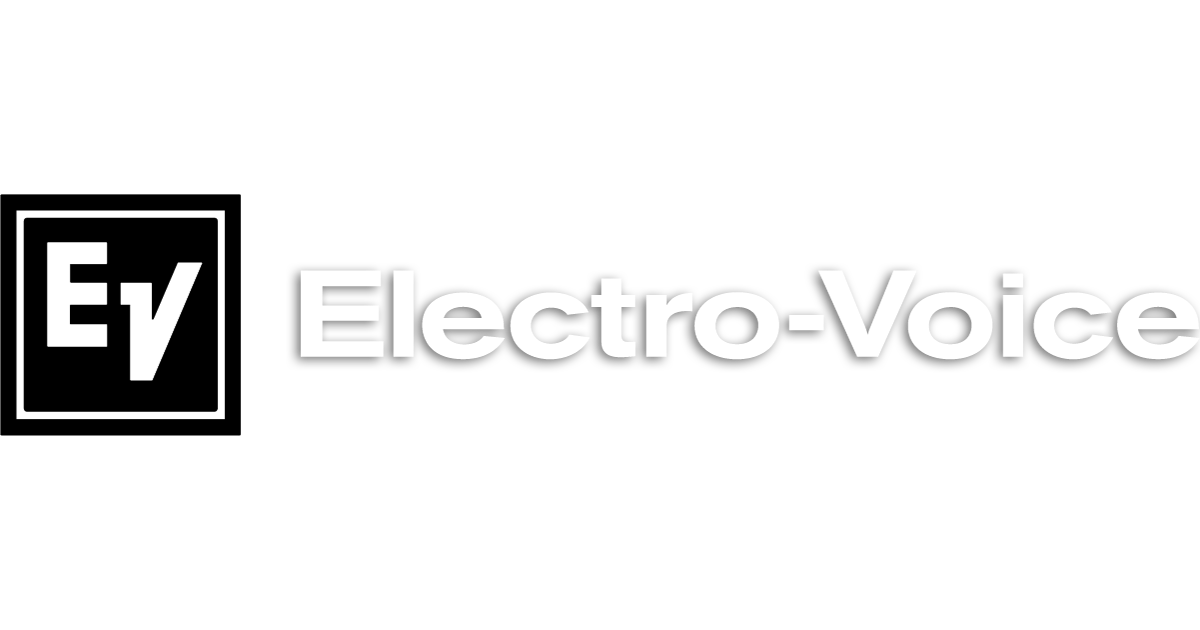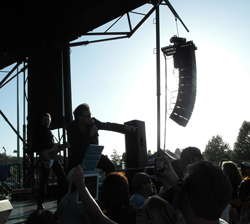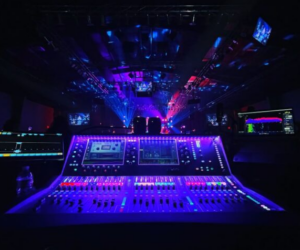We define “medium format” line arrays as those with 10-inch low-frequency drivers, and we’ve created “small” and “compact” format categories for models with more miniscule LF drivers.
This is a somewhat arbitrary definition, but no more so than the various designations that manufacturers use for their loudspeaker/line array systems—one entity’s “miniature” is another’s “mid-size” and so on.
When the modern version of line arrays hit the market more than a decade ago, the vast majority were of the large format variety (12-inch and larger LF drivers), with subsequent introductions primarily defined by ever-decreasing footprints.
Interestingly, though, of late we’ve seen several new larger-scale systems hitting the market.
Compact enclosures are not only less expensive, but also weigh less and can bend more rapidly without breaking their coupling, due to the smaller diameter of their woofers. The physics of coupling dictates a limit to the angle from one enclosure to the next, beyond which beaming and spotty coverage occurs.
While a line array with 15-inch LF drivers has a limit of about 5 degrees, enclosures based on 10-inch cones can bend by 10 degrees from one cabinet to the next. Lesser scaled line arrays can therefore provide a greater angle of vertical coverage in a shorter height, especially important on smaller venues.
In addition, line arrays lose pattern control at frequencies whose wavelengths are longer than the array’s height.
To provide pattern control down to 100 Hz, for example, an array must be 11 feet tall and, with a typical cabinet height of a foot or less, control down to 100 Hz requires 11 or more cabinets in an array.
Hanging half a line array provides omni-directional low frequency coverage that creates both a puddle of mud on stage and thin-sounding response at the back of the listening area, often where the mix position is located.
The advantages are many, for numerous applications, when talking about line arrays of a reduced scale.
Enjoy our Real World Gear Tour of the latest medium format models.
















